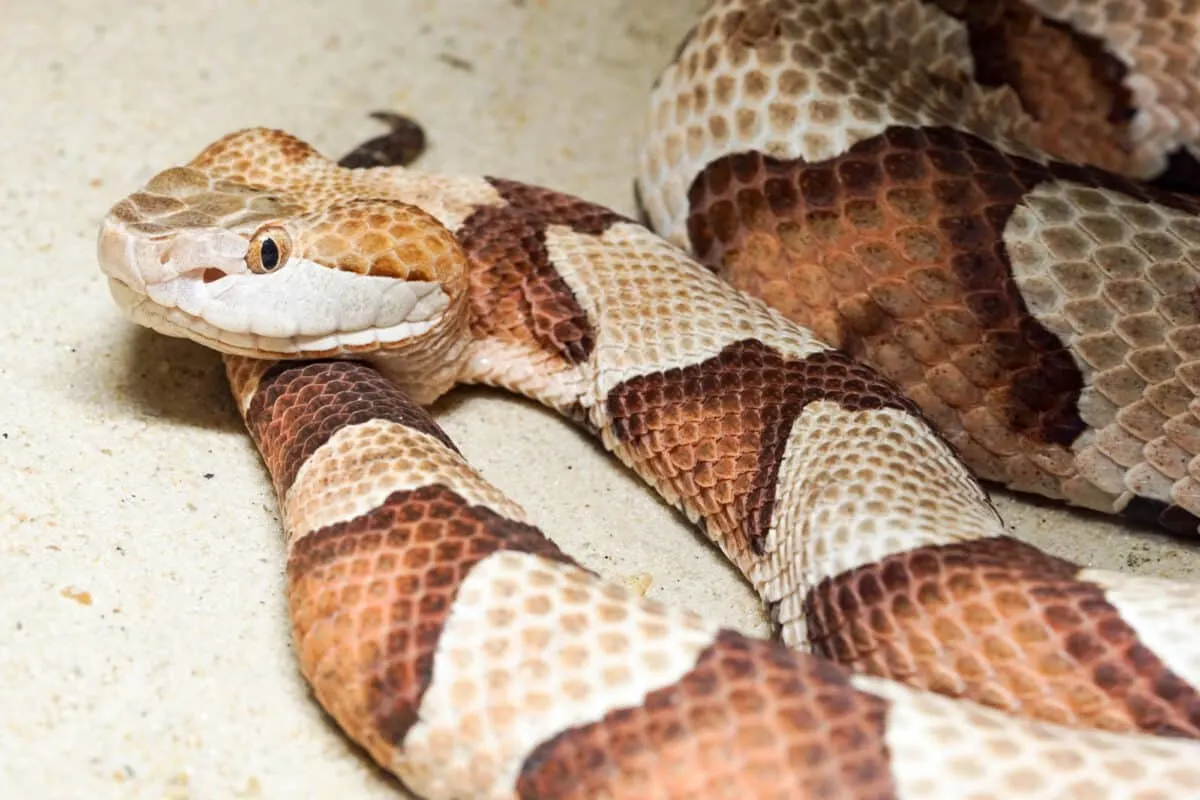The United States is home to a diverse array of snakes, each with its own unique features and behaviors. In this comprehensive guide, we unveil a curated list of venomous and non-venomous snakes found across the country, accompanied by intriguing facts that shed light on their captivating nature.
Venomous Snakes:
Eastern Diamondback Rattlesnake (Crotalus adamanteus)
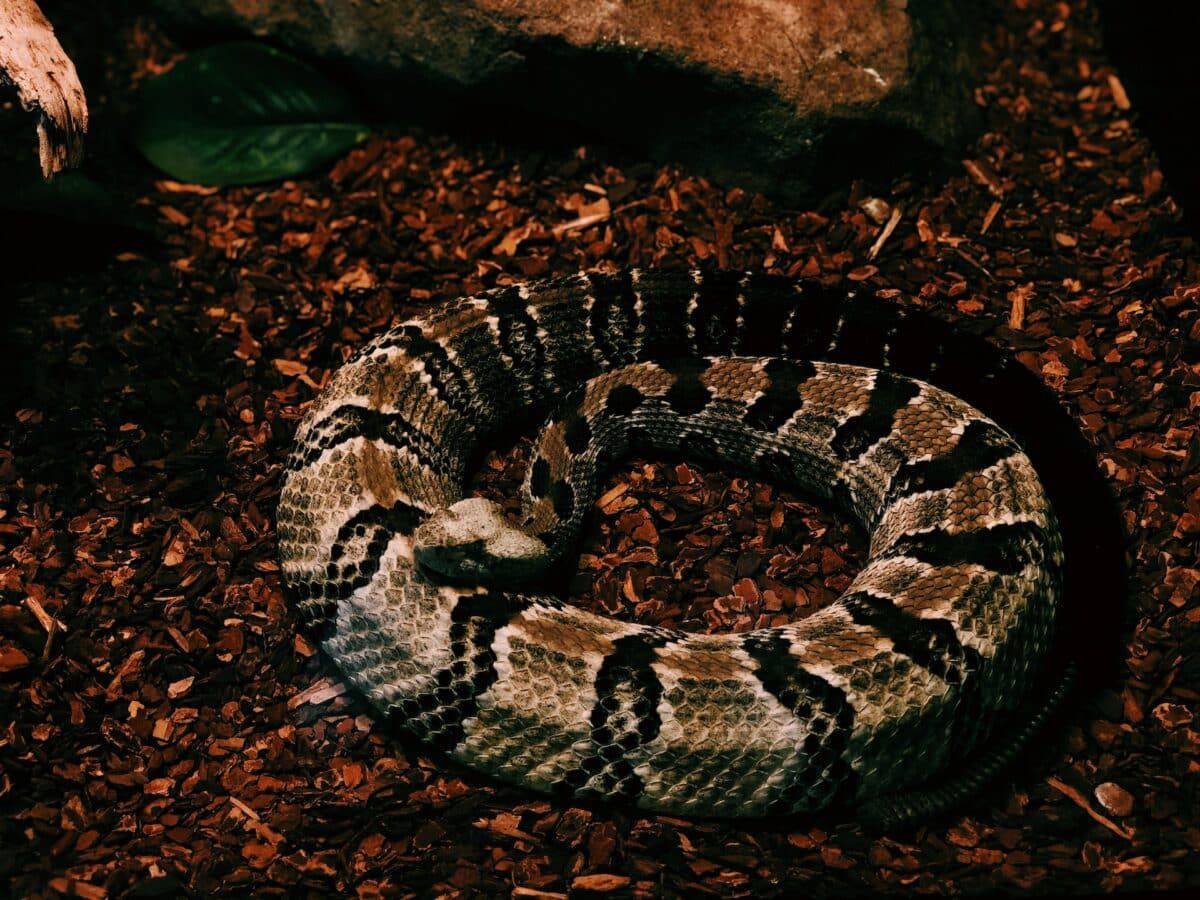
Facts: Known as the largest venomous snake in North America, the Eastern Diamondback is recognized for its distinctive diamond-shaped markings and impressive rattling sound as a warning signal.
Copperhead (Agkistrodon contortrix)
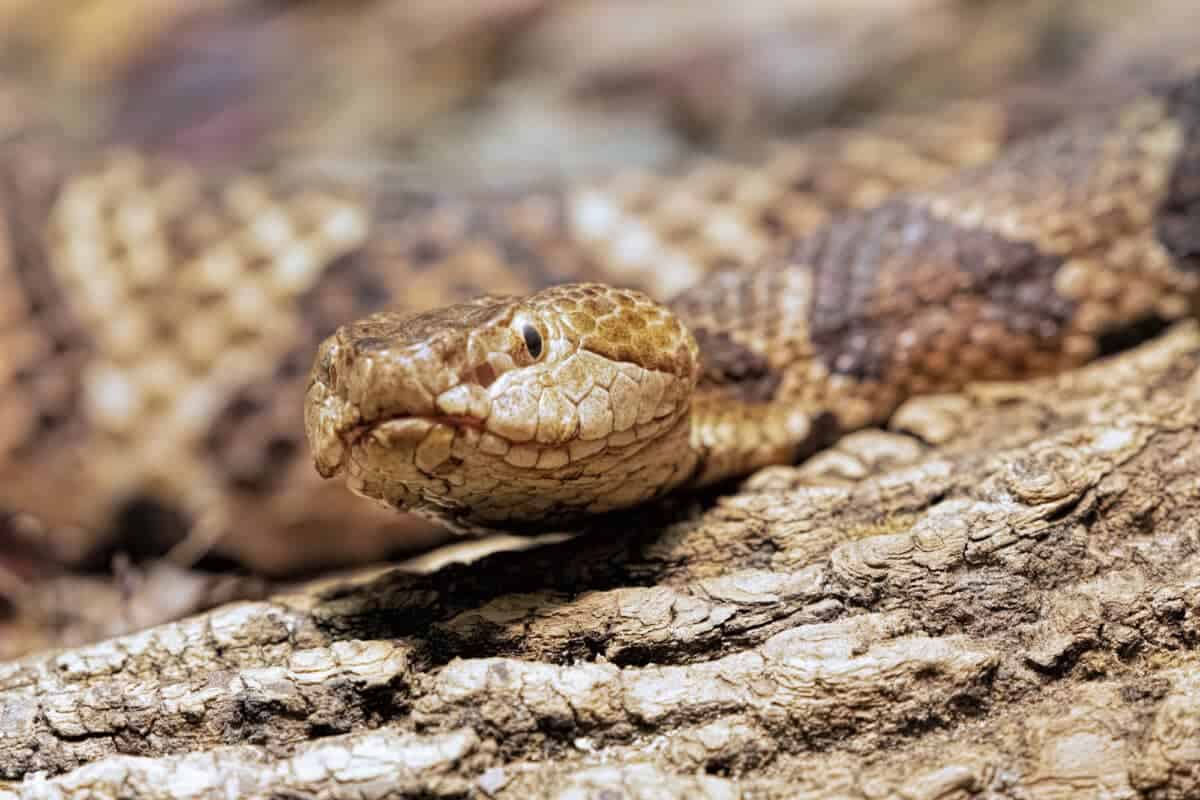
Facts: Characterized by copper-colored heads, these snakes are often encountered in wooded areas. Copperheads possess a venomous bite, though fatalities are rare, and they play a vital role in controlling rodent populations.
Cottonmouth (Agkistrodon piscivorus)
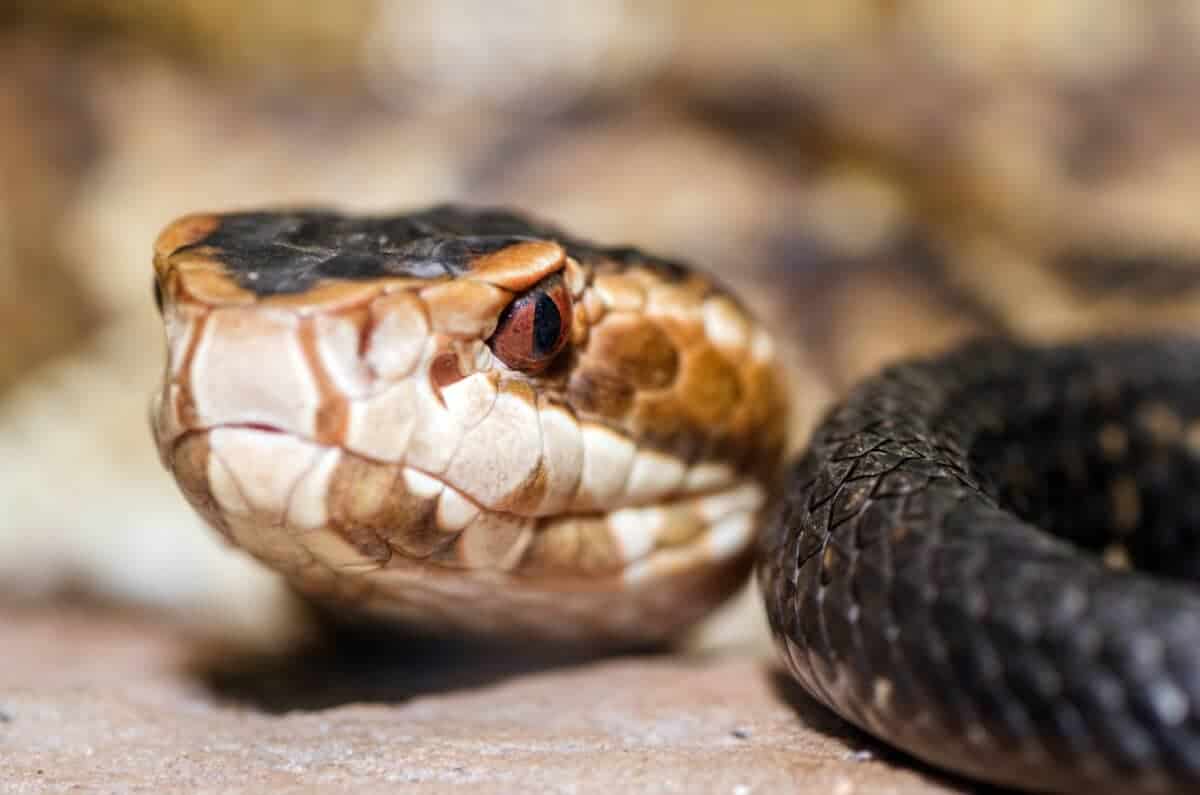
Facts: Also called the water moccasin, Cottonmouths are semi-aquatic and easily identified by their cotton-white mouths when threatened. They are strong swimmers and primarily feed on fish and amphibians.
Timber Rattlesnake (Crotalus horridus)
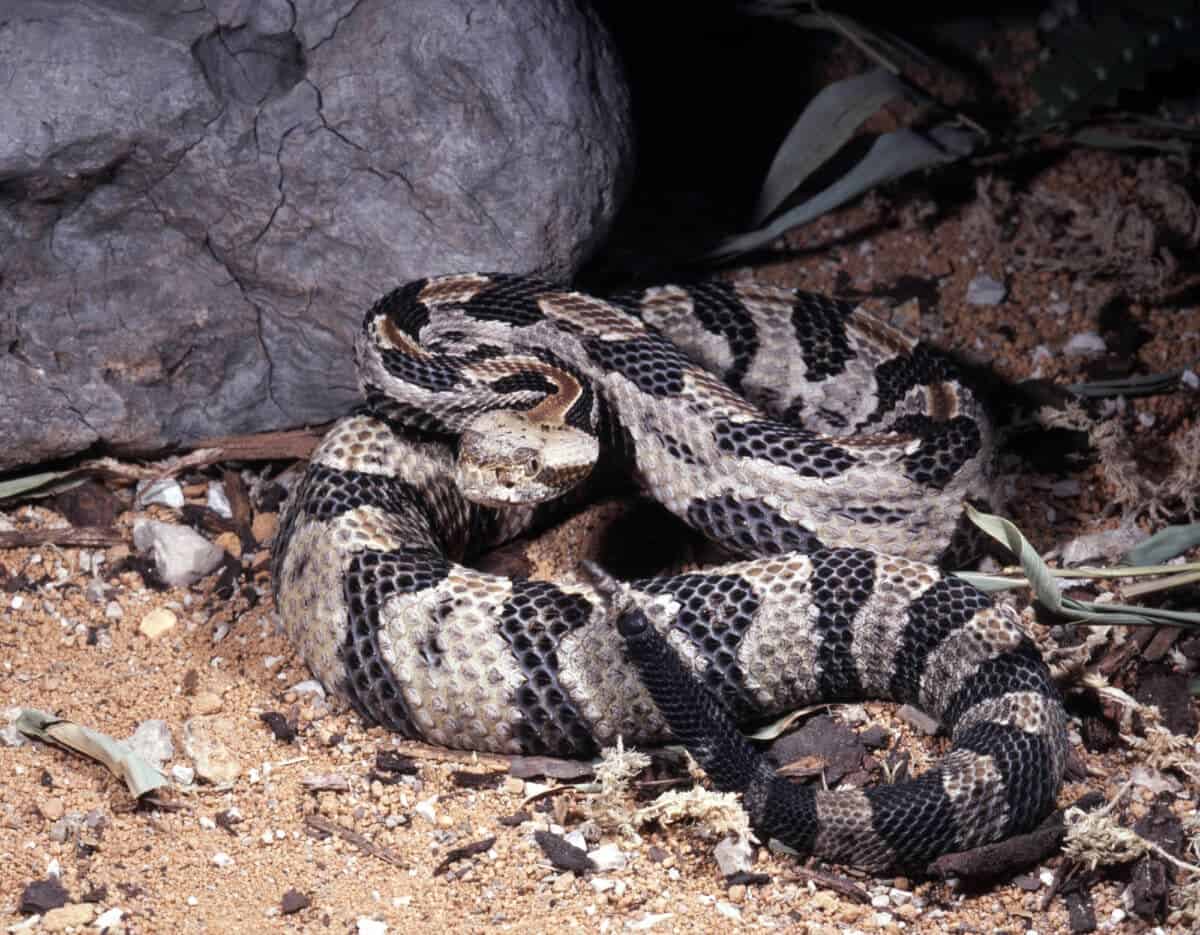
Facts: Their distinctive rattles and skilled ambush predator abilities make Timber Rattlesnakes recognizable. Despite their venomous nature, they are generally docile and play a crucial role in maintaining ecological balance.
Non-Venomous Snakes:
Eastern Garter Snake (Thamnophis sirtalis)
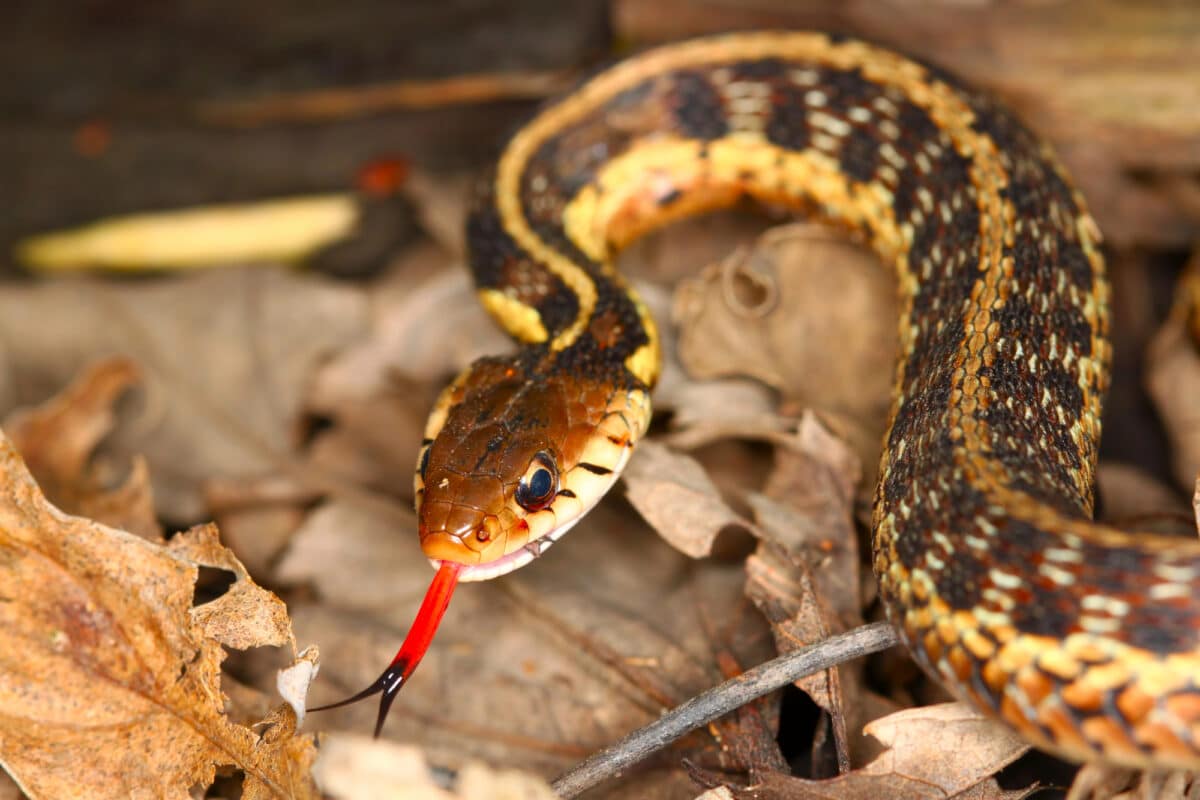
Facts: A common sight in gardens, garter snakes are harmless and often display vibrant colors. Additionally, they are beneficial for controlling insect populations and are live-bearers, giving birth to live young.
Black Rat Snake (Pantherophis obsoletus)
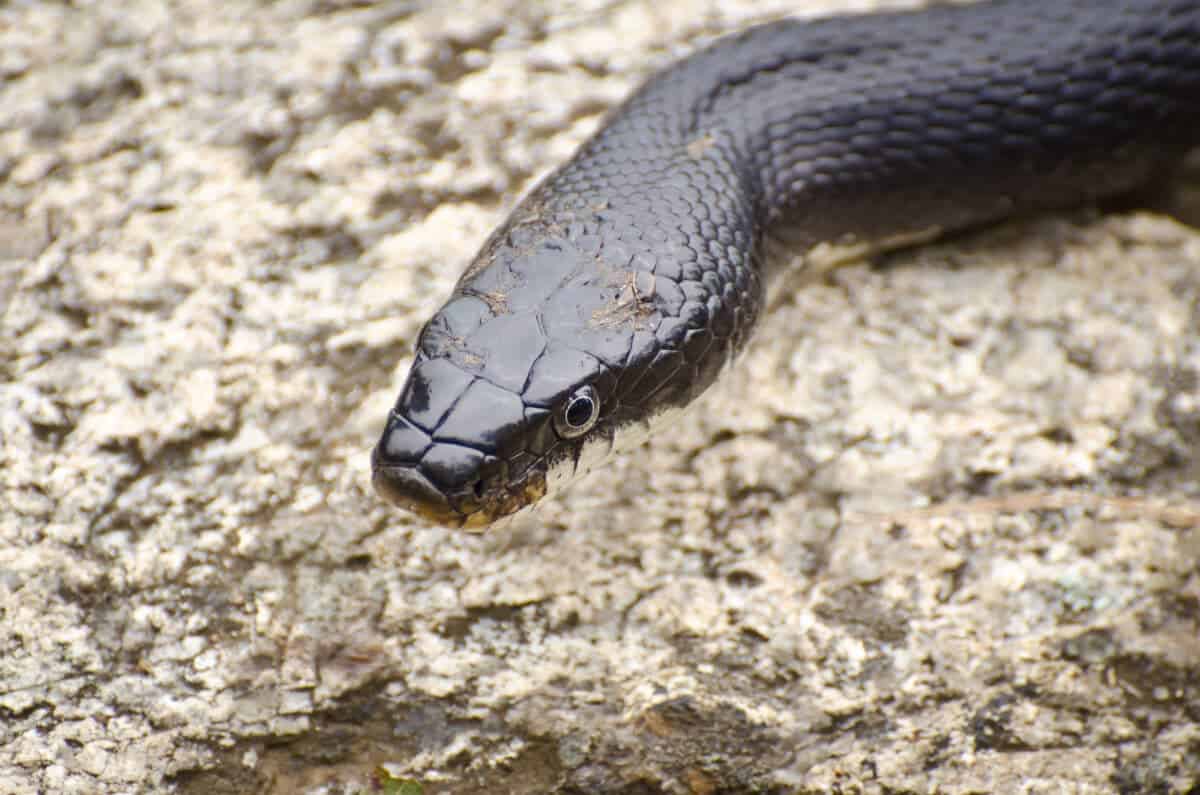
Facts: Known for their climbing abilities, black rat snakes are proficient hunters of rodents. They are constrictors, squeezing their prey before consumption.
Eastern Kingsnake (Lampropeltis getula)
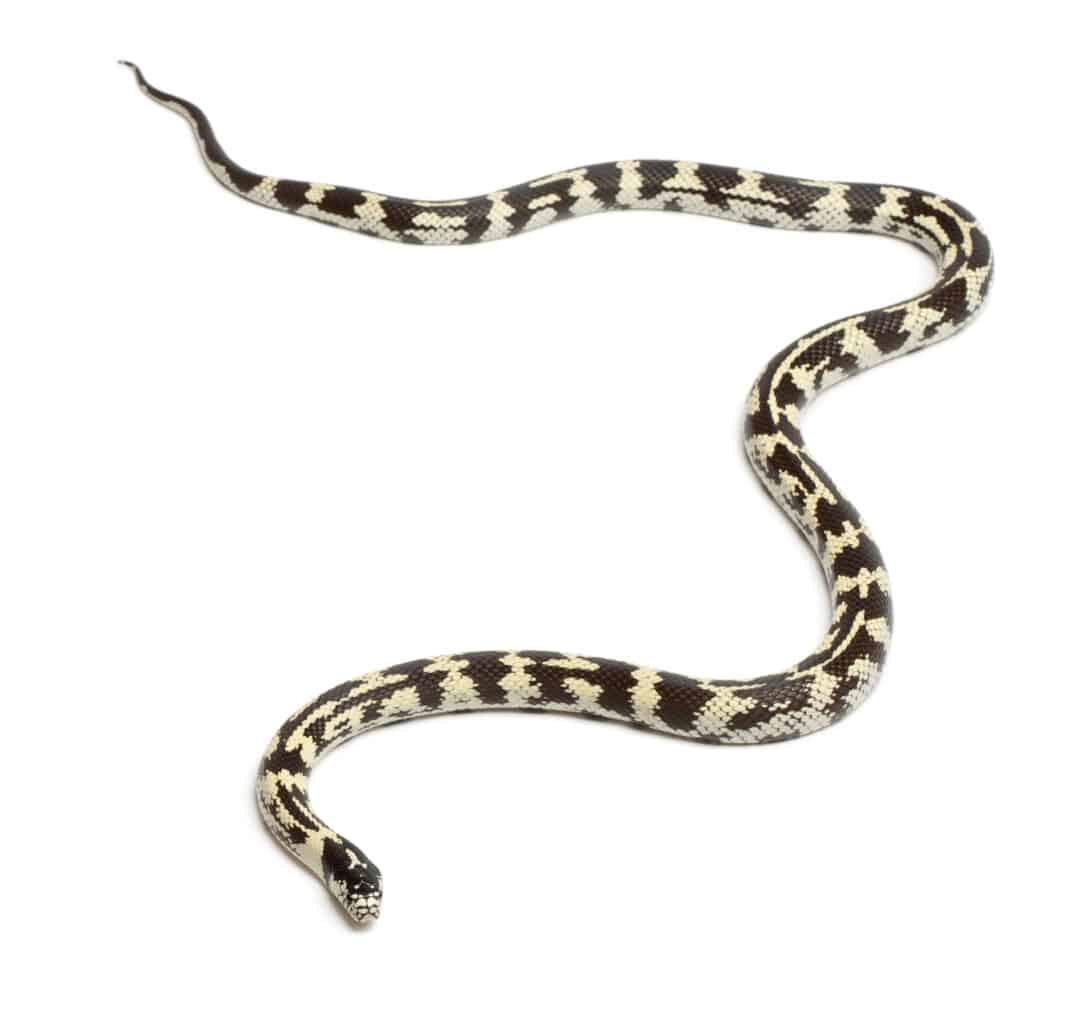
Facts: Aptly named, Eastern Kingsnakes are adept at consuming other snakes, including venomous species. Furthermore, they are immune to the venom of pit vipers, making them valuable in controlling snake populations.
Northern Water Snake (Nerodia sipedon)
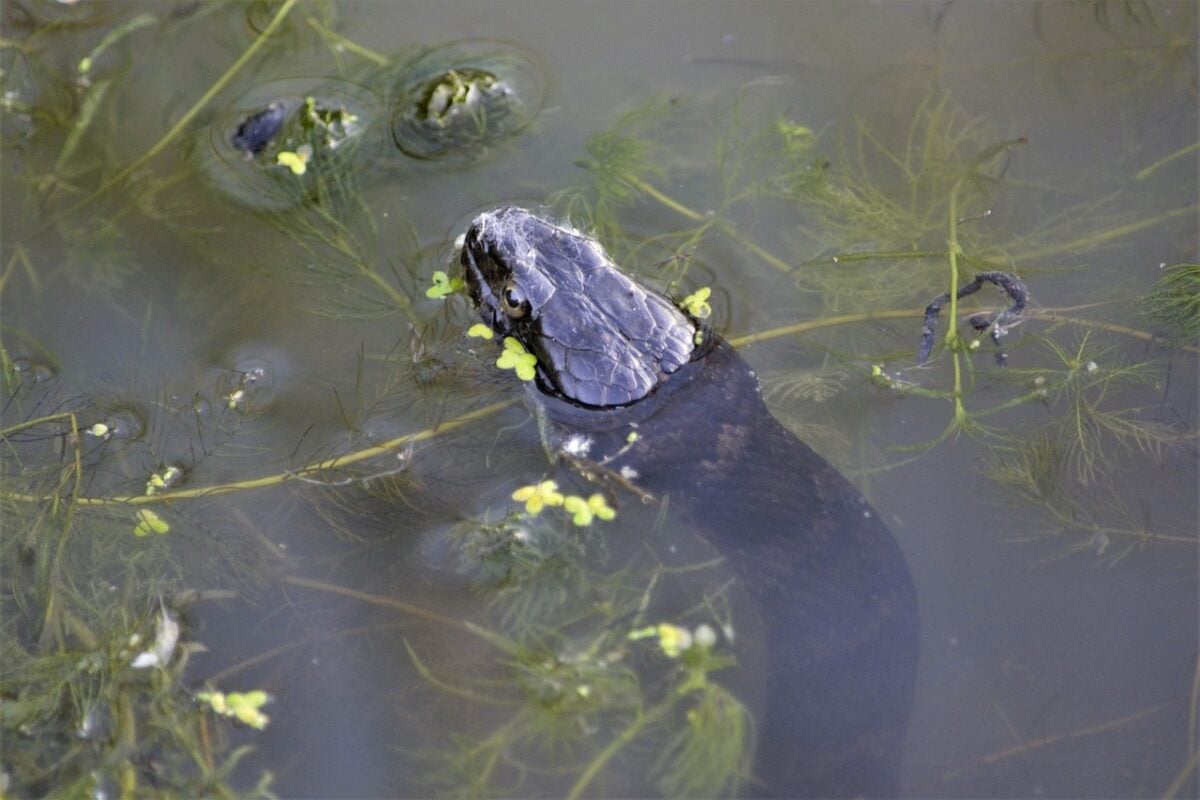
Facts: Often found near water bodies, Northern Water Snakes are non-venomous and prey on fish and amphibians. They are known for their aggressive defense mechanisms when threatened.
Shared Facts:
Ecological Roles
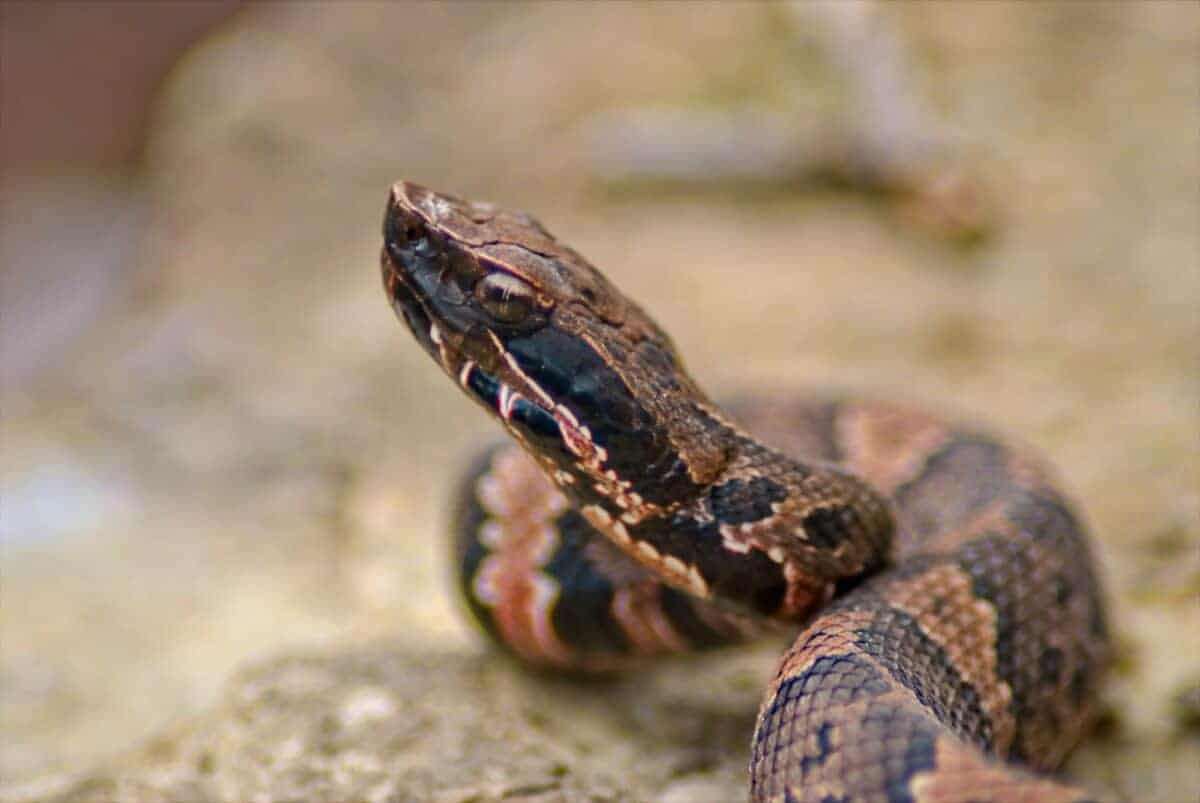
Facts: Both venomous and non-venomous snakes contribute significantly to ecosystem balance by controlling rodent populations, thus minimizing the spread of diseases.
Conservation Challenges
Facts: Several snake species face threats due to habitat loss, road mortality, and persecution. Additionally, conservation efforts are crucial to ensure the survival of these vital contributors to biodiversity.
Bottom Line
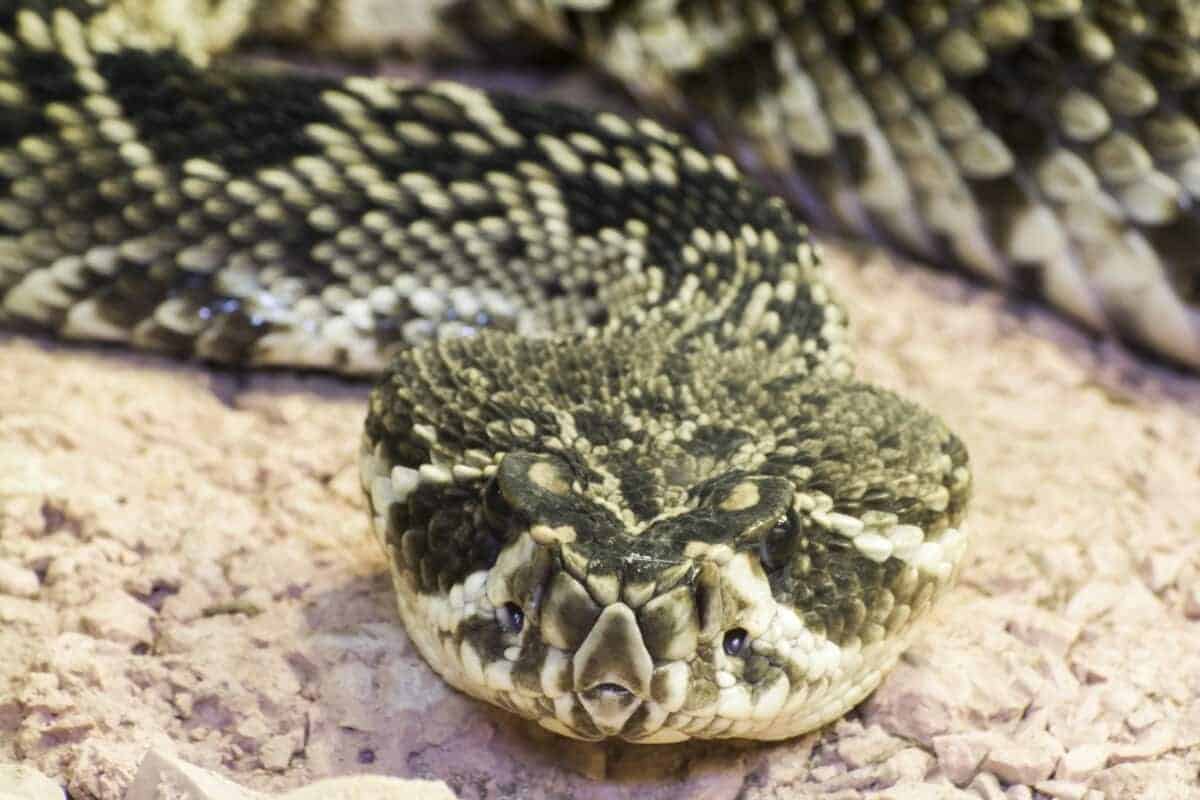
Overall, as we traverse the spectrum of venomous and non-venomous snakes in the US, a profound appreciation for these creatures emerges. Furthermore, each species plays a unique role in the intricate tapestry of our ecosystems, underscoring the importance of coexistence and conservation efforts to protect these remarkable serpents and their habitats.
Thanks for reading along, for more, check out our related article links below.
Next up:
- Brave Cat Saves Chicken From Mischievous Fox - October 20, 2024
- Man Goes To Starbucks Drive-Thru & Gets A Kitty Instead - October 20, 2024
- Lion and Dog: An Unbreakable Bond of Friendship - October 20, 2024

